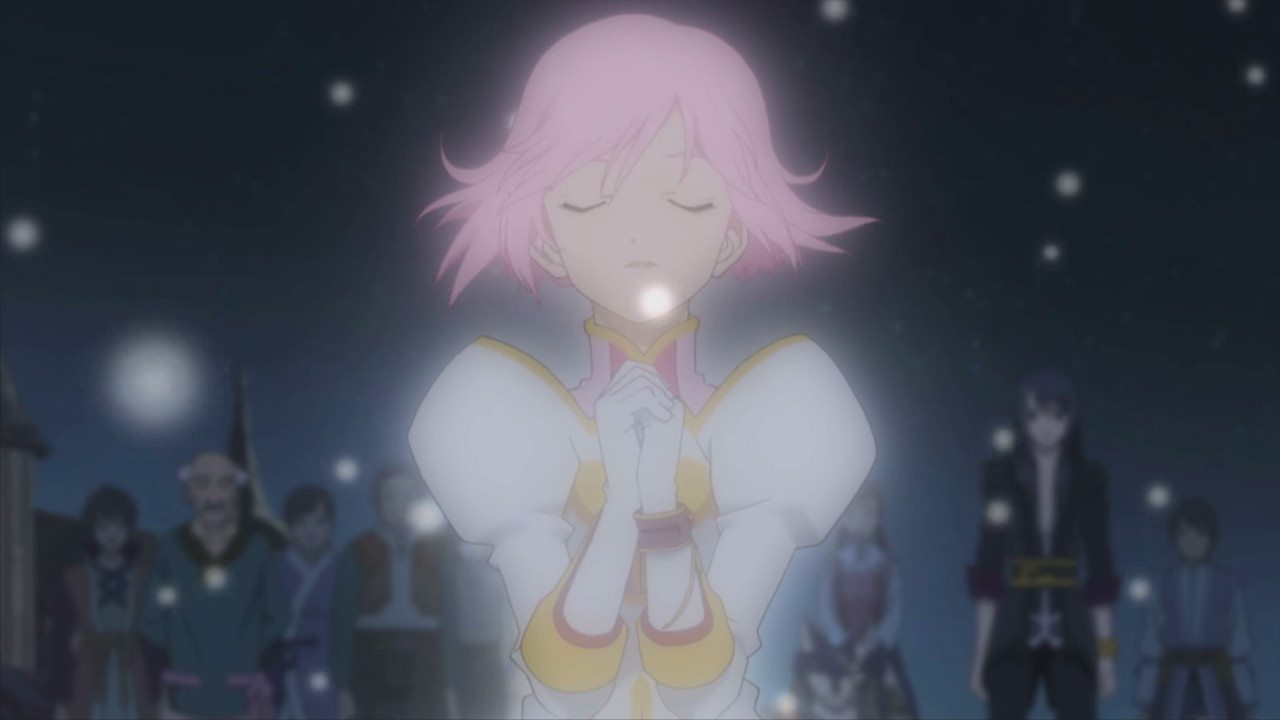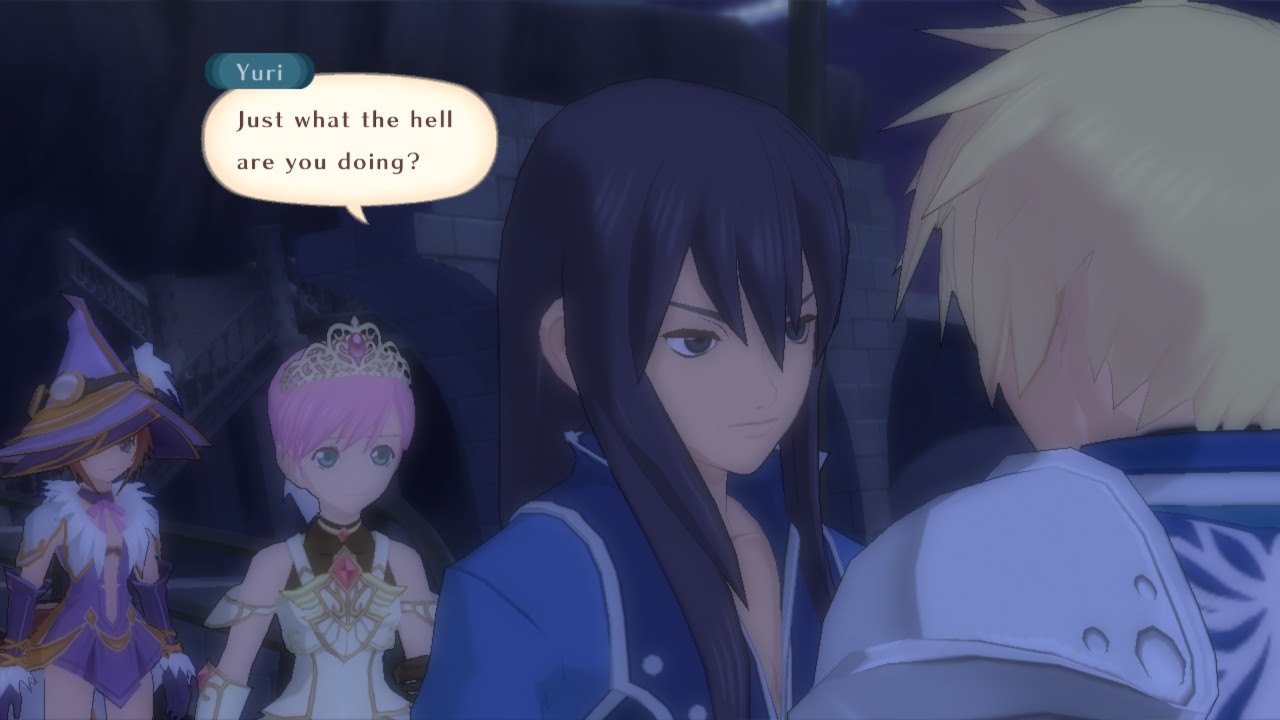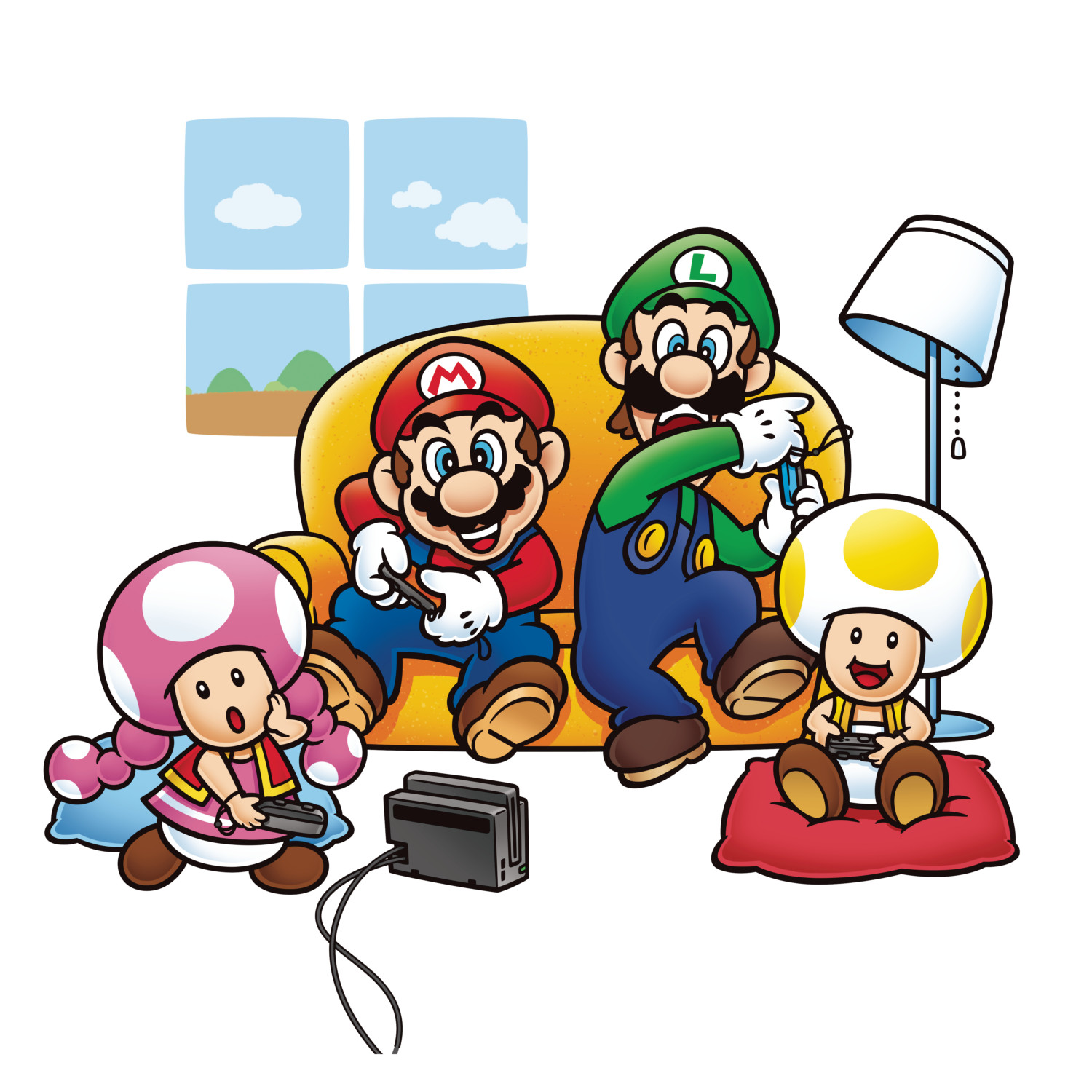
Game Review: Tales of Vesperia Definitive Edition (Switch)
It’s no mystery that the Switch is home to many wonderful JRPGs after just two years on the market – and that library is only going to expand for years to come. In this review, however, we’ll be stepping back into a simpler era with Tales of Vesperia: Definitive Edition – to examine if one of the most beloved stories of all time still holds up on Nintendo’s hybrid console!
Stepping Back into 2008

The original release for Tales of Vesperia is intriguing enough to merit a quick mention. The game first launched as an exclusive for the Xbox 360 – where it saw mixed success due to the system’s limited attach rate in Japan. The game did grow a cult-following thanks to its fun characters and world-building, but it pretty much became an obscure dark horse of the series that many fans skipped out on.
Despite such setbacks, however, Bandai Namco eventually re-released the game on PS3 with added features and improvements. Fast-forward to earlier this year, and the game is now on Nintendo Switch with a cleaner HD presentation. It’s one of the few Tales of games to enjoy a revival one decade later – and it’s not hard to see why after playing through all of it.
Flawed Characters, Flawless Cast

Tales of Vesperia chronicles the journey of Yuri Lowell: an affable yet dour vigilante who constantly runs into trouble whenever he takes the law into his own hands. He’s a refreshing departure from the usual fare of energetic and helpful anime protagonists – and he eventually joins up with a motley crew that are just as out-of-sorts as he is.
For starters, there’s the air-headed Princess Estelle, who’s clueless about the outside world since she hardly leaves her castle. Then there’s Karol, who’s so hopelessly inept that every guild has kicked him out. Eventually, you’ll be juggling around 8 to 9 characters with their own difficult pasts and character arcs.


The interactions between these flawed characters are really the highlight of the game, and they still shine through today. As is tradition in the Tales series, Vesperia lets players listen to optional conversations between the main cast with the press of a button. These conversations often devolve into zany hi-jinks (e.g. mugshots fly about the place as the cast punch each other), and it was really heartwarming to witness these characters poke at each other like a large family.

In the interest of avoiding spoilers, I’ll keep my thoughts on the story brief. Tales of Vesperia starts out rather basic, with Yuri trying to retrieve a stolen artifact of great importance. Like any proud JRPG, however – it soon descends into a sprawling adventure of political tensions, ecological collapse, and (of course) the end of the world. While cliché (even for 2008), this premise stayed charming for my 40-hour playthrough PRECISELY because the main cast were so lovable. The camaraderie, despair, and betrayals experienced by Yuri and company really set Tales of Vesperia apart from its contemporaries then – and understandably so.
Swords and Sorcery, Skills and Strategy

Besides trekking across the world and completing a myriad of quests, the core gameplay loop in Tales of Vesperia sees players engaging in arena-style, free-roaming combat. Mashing the attack button performs a basic combo, while holding one of the shoulder buttons allows the player to move 360-degrees around the battlefield. Meanwhile, the Artes button plus directional inputs allow players to pull off powerful special moves – sort of like in the Super Smash Bros. series.
For the most part, this combat system still holds up today – but its age does show at times. One of my biggest bugbears was how many different kinds of Artes there were, which got really confusing. Base Artes. Arcane Artes. Altered Artes. Burst Artes. Mystic Artes. All of these moves have different requirements to execute (or even learn in the first place) – and most casual players will probably get lost trying to figure them out. Hardcore JRPG fans will definitely love the customization and complexity here, but Vesperia’s combat is undeniably from a different, less forgiving era.
However, this doesn’t mean the game is inaccessible, by any means.

I was surprised by how straightforward combat was, despite sticking to a small group of Artes. Simply put, the game rarely punishes players who don’t explore the complex Artes system. For example, one of Yuri’s first long-ranged Artes (‘Azure Edge’) stayed consistently powerful as I leveled up – making it a viable skill all the way until the game’s finale.

All of this is a huge contrast to other blockbuster RPGs like Xenoblade Chronicles 2, where I felt forced into optimizing the perfect team with the best stats possible. Instead, action and reflex play a bigger role in Tales of Vesperia: Definitive Edition – where being careless with attacking and blocking can cost you dearly in tougher fights.
A Fresh Coat of Paint, with Some Smudges

Graphically-speaking, Tales of Vesperia: Definitive Edition polishes up the original nicely. Typical improvements such as sharper resolution and cleaner textures really do pop in certain places, while the game’s simple cel-shaded art helps to preserve a semblance of its 2008 release.
This polish is sadly not as consistent when it comes to the game’s frame-rate. While combat runs at 60 fps almost all the time, Tales of Vesperia: Definitive Edition can chug when players explore busier locations outside battles. Some dungeons would cause the game to run at 30 to 45 fps, with the difference being somewhat noticeable. It’s not a huge smear on the game’s wonderful visuals – but it did feel jarring for what is supposed to be a ‘definitive’ release.

Another possible deal-breaker has to do with the game’s character models. While they do look sharper, some faces fall into the curse of having a stiff, thousand-yard stare during various cutscenes. If you go in expecting Yuri and company to be as expressive as the game’s anime-style cutscenes, prepare for some disappointment. On the other hand, some folks might actually appreciate that the game stays true to its roots here. Your mileage will definitely vary here.

These little nitpicks are thankfully waylaid by the inclusion of some fun bonuses. Namely, the Definitive Edition includes all of the previously DLC-only costumes from the get go – thus allowing you to dress up the main cast in hilarious disguises as soon as you recruit them. Some costumes like Estelle’s ‘Regal Heart’ are even considerably better-looking than the default attire available.
Overall, the game looks solid on Switch. While some aspects (i.e. the models) can feel outdated today, I feel confident in saying that most of the original’s charm was gracefully translated into the HD era here.
Now You’re Playing with Portable Power

It also bears mentioning that grindy JRPGs open up exponentially with the Nintendo Switch’s portability – and Tales of Vesperia: Definitive Edition is no exception. Out of the 40+ hours I had with the game, I easily spent about 10 hours outside and the remaining 30 hours in the comfort of my bed. It’s a sublime experience to jump back into the action wherever you wish – which just isn’t as convenient with the PS4 and Xbox One versions.
Also, the game runs almost as perfectly in handheld mode as it does in docked mode. This is perhaps the one biggest advantage it has over resource-hunger alternatives like Xenoblade Chronicles 2, which become significantly muddier when undocked. Playing the same full-fat JRPG experience of Vesperia in my palms was an absolute joy – and it reignited my interest in seeing more last-gen titles get a second wind on the Switch.
CONCLUSION

One of the perils of gaming on Nintendo Switch today is the sheer number of past-gen titles receiving ports to the system. Amongst the deluge of such games you should revisit, however, Tales of Vesperia: Definitive Edition gets my highest recommendation.
The story is a fun ride with very lovable characters, the battle system is accessible to both casual and veteran audiences, and the whole package was jam-packed for the 40+ hours that I spent with it. While there are some minor nitpicks with its dated models and nebulous Artes system – those problems didn’t crop up nearly enough to sully the overall experience for me.
If you’re looking for something to tide you over before Xenoblade Chronicles: Definitive Edition completely dominates everyone’s minds in 2020, give Tales of Vesperia: Definitive Edition a shot. There’s no better time to do so than now – on the Nintendo Switch.
Pros:
- Yuri and his party are a total riot and lovable to the core. Their banter and interactions pretty much overshadow the main plot of the game.
- Battles are active affairs, with a larger focus on reacting quickly and exploiting openings.
- The visuals overall get a nice bump up. It also looks fantastic on the Switch’s portable screen.
- All the free Costume DLC (included on the cartridge) spruces up characters nicely.
Cons:
- Combat is sometimes confusing, with its complex Artes system.
- The game’s frame-rate chugs in some busier areas.
- Character expressions are as stiff as they were in 2008, which may turn some folks off.
Verdict: This soup may be a little old-fashioned, but it has enough fresh ingredients now to become a true masterpiece.
Soup Temperature: 9/10
A review copy was provided by the publisher for the purposes of this review.

